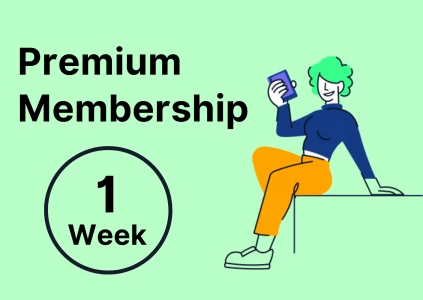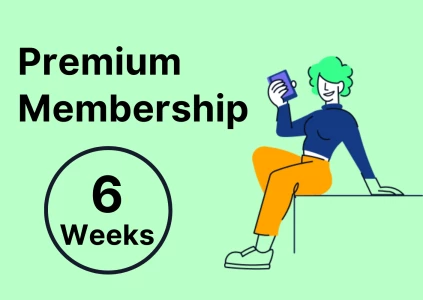For example "You are allotted an airplane seat next to a Fortune 500 CEO. How would you convince him to hire your firm for a project?"
This is a real-life case asked in a McKinsey interview to a friend. What should I do when there's no obvious framework to solve the case question!? How do I avoid panicking and structure my thoughts in an interview situation?









